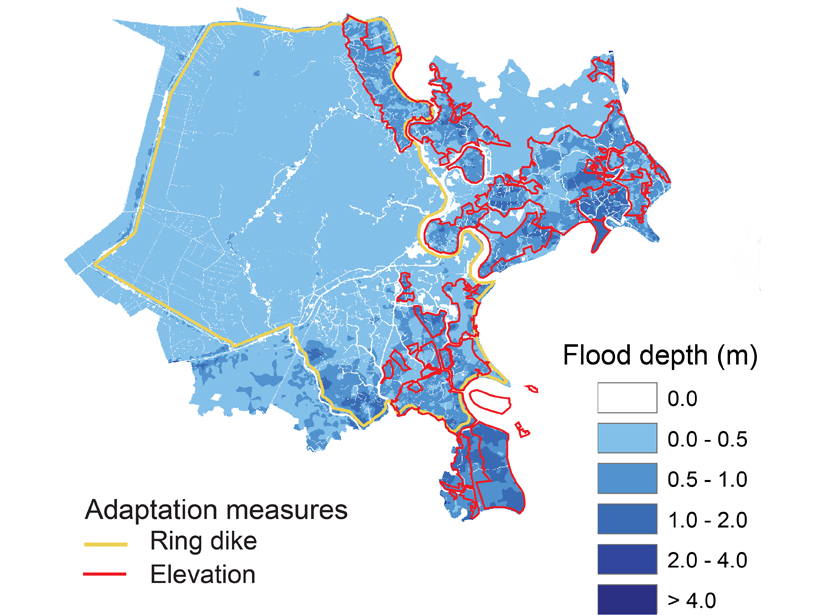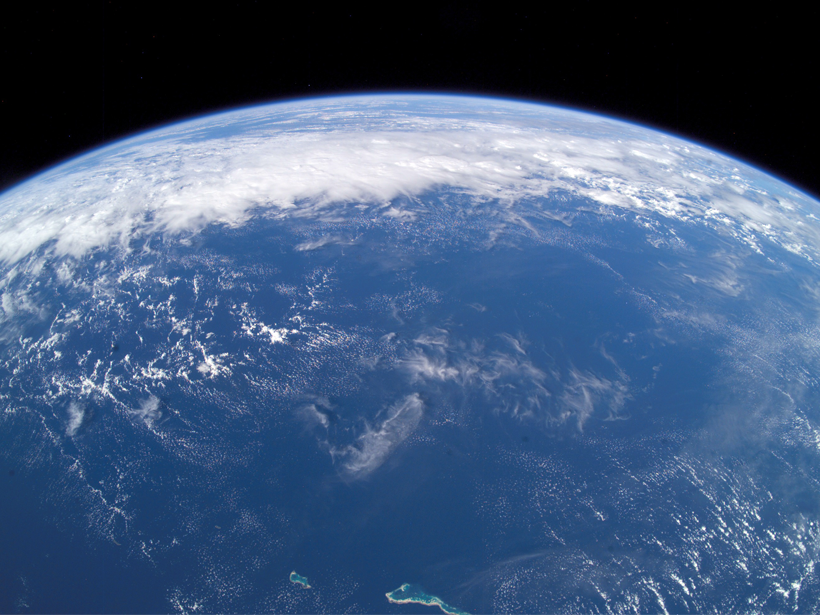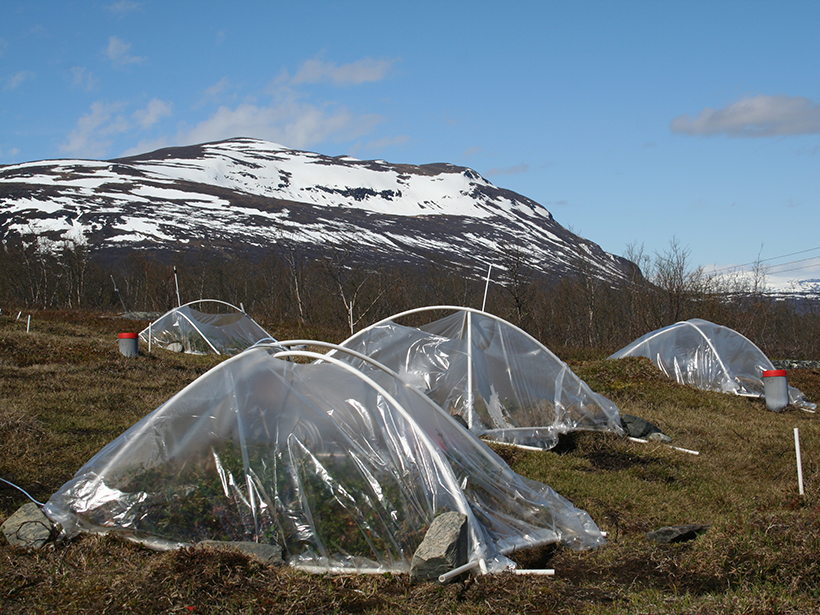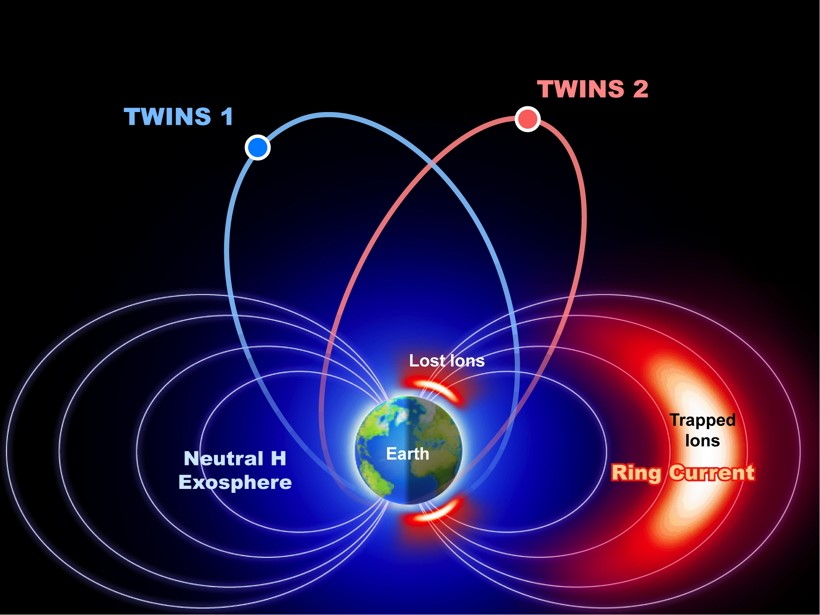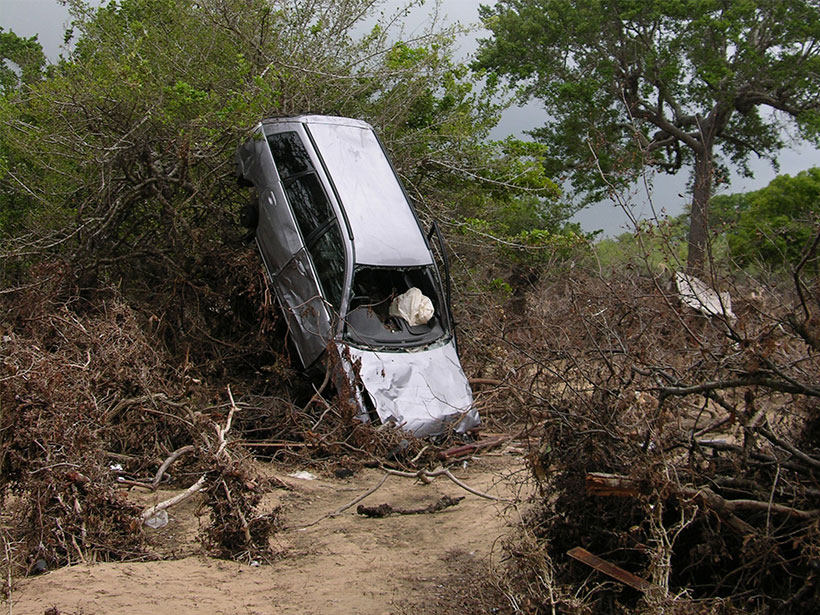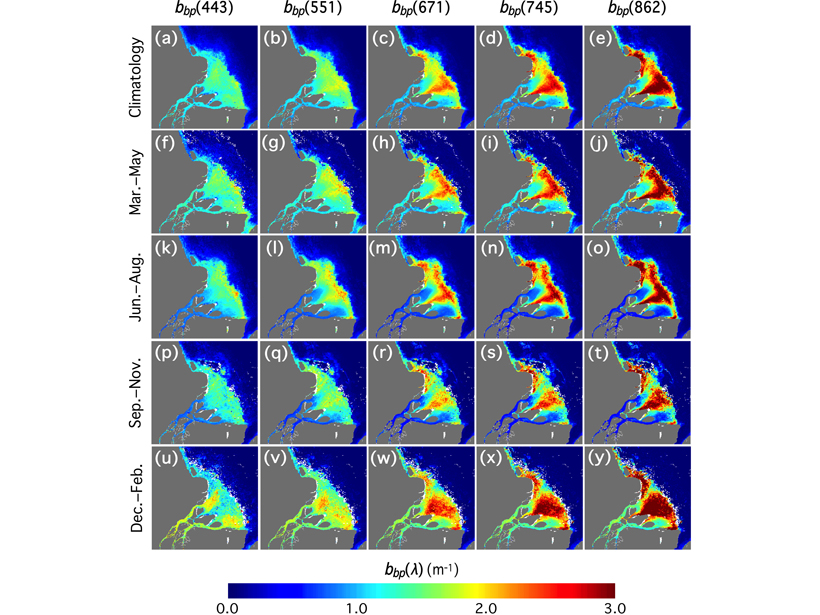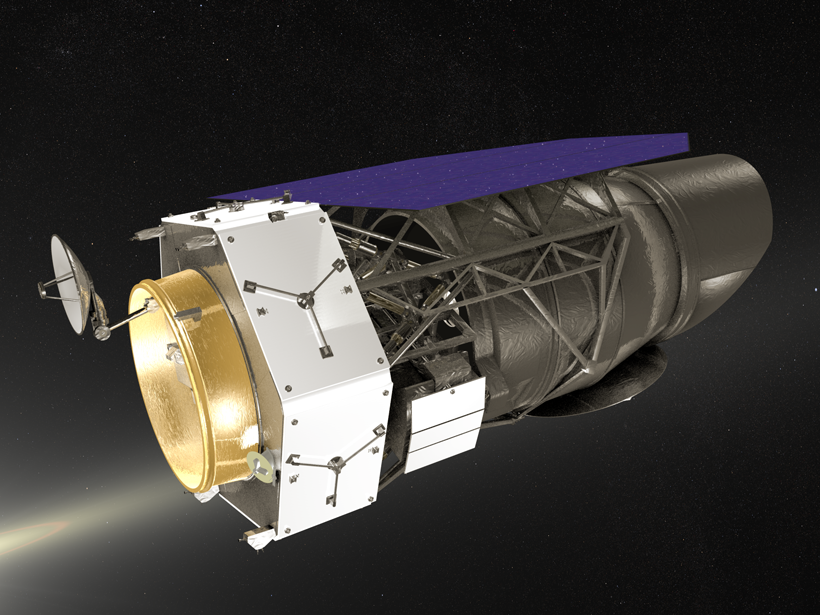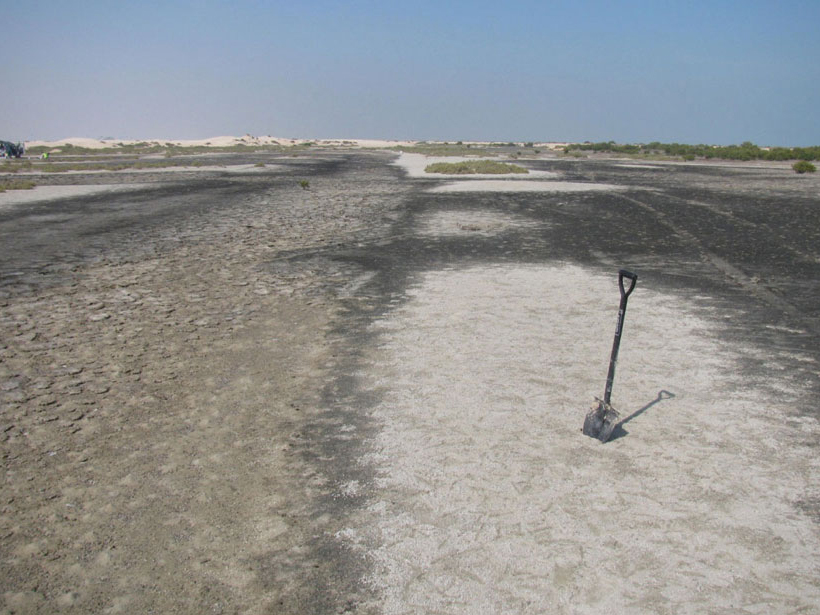A well-developed case study in Ho-Chi Min City, Vietnam, exemplifies how other mega-cities located on deltas could face the major challenge of adapting to rising sea-level.
CC BY-NC-ND 2018
New Juno Data Reveal Four Key Secrets of Jupiter
Deep clouds, polar storms, lopsided gravity, and a uniformly rotating interior demonstrate that the gas giant plays by different rules than Earth.
An NSF Geosciences Road Map to Be Revised with Community Input
The agency requests comments by 15 April.
The Upside to a “Bad” Ozone Precursor
In Sweden’s wet heathland, scientists see how a sensitive ecosystem adapts to rising global temperatures.
The Big Picture in Geospace
A NASA stereo-imaging mission called TWINS continues to push the boundaries of what we know about the region of space close to Earth.
Evidence for Gravity Tectonics After the Great Sumatra Quake
A new method that applies structural geology principles to aftershock analyses suggests that gravity-driven motion may occur during part of the seismic cycle.
Advancing Satellite Ocean Color Observations
A new derived algorithm for particle backscattering and multi-year VIIRS climatology improves ocean color parameterization in highly turbid coastal and inland waters.
Winter Conditions Are Changing Rapidly in Alpine Lake Ecosystems
LimnoAlp Workshop; Lake Cadagno, Switzerland, 10–15 September 2017
Federal Spending Act Boosts Funding for Many Science Agencies
Congressional priorities reflected in the legislation differed sharply from the administration’s.
Images Suggest a Viral Role in Some Rock Formation
Viruses might have helped transform dense bacterial colonies into a type of sedimentary rock that is frequently associated with underground oil reserves.

